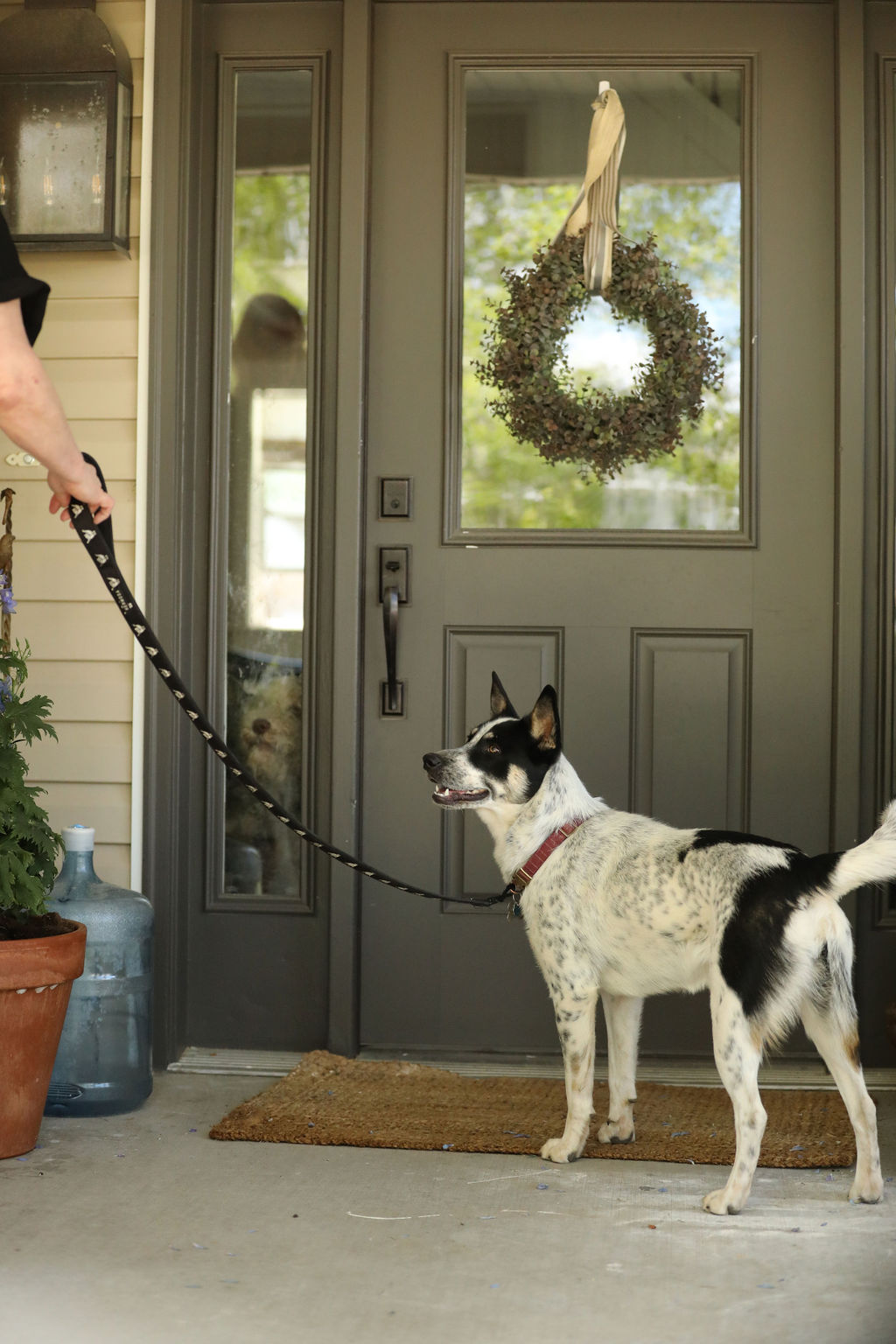-
8 Ways That I’m an Admittedly “Soft” Dog Trainer
A coach is someone who can give correction without causing resentment. — John Wooden I won’t ever forget the back porch conversation I had a few years ago with a punishment-based dog trainer. “You’re a soft trainer,” she informed me. “That’s the difference between us.” I smiled wide and agreed with her, even though I…
-
This Psychologist’s Border Collie Can Put Away Her Toys by Name — All 1,022 of Them
Blind and deaf Helen Keller needed her teacher, Anne Sullivan, to learn to speak. It happened when Sullivan ran Keller’s hand under running water and then repeatedly spelled out w-a-t-e-r on her palm. Learning to communicate the way all other humans communicate — through language — changed Keller’s life. Chaser with Darwin, one of her…
-
Today, We’re Turning Your Dog Into a Superhero — Literally
I’ve always thought of dogs as a certain type of hero, put here to help us humans in our stumbling attempts to learn compassion. I think most of you will agree: dogs are not only our steady, loving friends, but heroes in many different ways. But have you ever imagined what your own dog would…
-
Let’s Talk: What’s the Strangest Dog Name You’ve Ever Heard?
I named my “country-dumped” dog Monster. (“Country dumped” is the term for when people drive their “beloved” pet out to the country and dump him there, assuming he will be fine because someone like me will take him in.) As a puppy, he was a mess of a dog. He bit hands and growled at…
-
What Do You Do When a Dog Really Needs to Be Rehomed?
If you find yourself saddled with a suddenly-homeless dog, don’t panic. Here are some ideas to help you find that pup a home. [Read the complete article on Dogster.com.]
-
Are Petco’s Dog Training Methods Outdated?
Recently there’s been rumbling online regarding the death of a young English Bulldog in a Petco dog training class, and it’s getting hard to ignore the noise — though Petco is doing its corporate best to do just that. The facts are that Michele Moccia and Michael DiMaggio took their dog, Sophia Belle, to a puppy class…
-
Why Dogs Dig and What You Can Do About It
There are many reasons dogs create unattractive holes in your backyard — unattractive to you, anyway — though one of them is not to irritate you, as many people seem to mistakenly believe. Here are just a few reasons your dog is trying to make it to China before you get home from work…
-
We ♡ Dogster!
-
We ♡ Dogster!

Training with compassionate Knowledge
Phenix Dogs Canine Behavior Experts
Read more about Annie’s work with dogs in the blog posts below.
